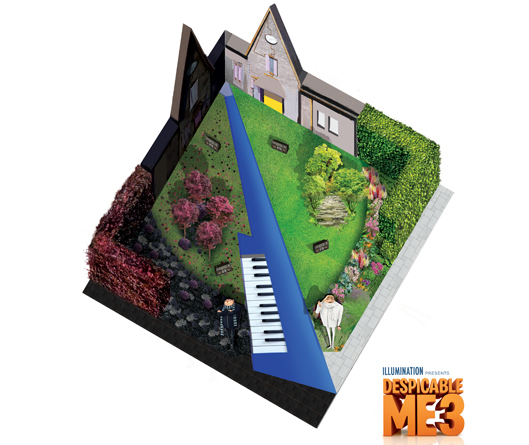On 24th February 2013, a single male Greater Horseshoe bat Rhinolophus ferrumequinum was found roosting in Co. Wexford, Ireland. This is the first record of this species occurring naturally in Ireland. Paul Scott, a professional bat worker and member of Bat Conservation Ireland recorded the bat hanging from the ceiling in a disused cellar. Its identity has been confirmed by the Centre for Irish Bat Research, University College Dublin by analysing a sample of DNA from the bat.
This is a remarkable discovery in Ireland. Greater horseshoe bats are found in a small number of locations in Wales and southwest England as well as across Southern Europe. It is therefore possible that this bat has flown across from roosts in southwest Wales, over 100km away. The Lesser Horseshoe bat Rhinolophus hipposideros, a close relative, is found in western Counties in Ireland with main populations found in Cork, Kerry, Limerick, Clare, Galway and Mayo.
Both species are protected under the EC Habitats Directive as they are vulnerable to loss of roosts in buildings and caves and loss of suitable habitat. The Greater Horseshoe bat has undergone a decline of 99% in the UK in the last century but lately both the Lesser and Greater Horseshoe bat populations have stabilised, thanks to the efforts of bat conservationists.
It is one of the largest bats in the Britain and Ireland, with the wingspan stretching over 30cm. Horseshoe bats are so-called due to a curious-looking horseshoe-shaped flap of skin on their face that actually helps in their navigation by echolocation in the dark.
This important new discovery was made during an inspection of farm buildings in County Wexford under the REPS4 Traditional Farm Buildings grant scheme administered by the Heritage Council. In summer both Greater and Lesser Horseshoe bat species uses old stone buildings as breeding roosts.
“The Heritage Council is thrilled to hear of this discovery of a new bat species in Ireland as a result of the REPS4 traditional farm buildings grant scheme. It demonstrates just how vital expert input can be in uncovering more about our cultural and natural heritage. This exciting discovery underlines how this unique scheme offers a rare and positive opportunity to safeguard our natural and built heritage and the Council is privileged to be at the centre of a find of such significance.” (Heritage Council, 21st March 2013).
At this time of year, most bats are sleeping through periods of cold weather and occasionally awake to feed on milder nights. Horseshoe bats are the only type of bat in Ireland that need to continuously suspend themselves upside down when resting and wrap their wings around their bodies. The Greater Horseshoe bat is the size of a pear when seen in this state, whereas the Lesser Horseshoe bat is less than half this size – around the size of a plum.
Further survey work will be undertaken by Bat Conservation Ireland volunteers in 2013 to see if this is a vagrant bat that has entered the country by accident, or if this is a pioneer bat looking to extend its natural range.
Source: National BioDiversity Data Centre – New Bat Species Found in Ireland




